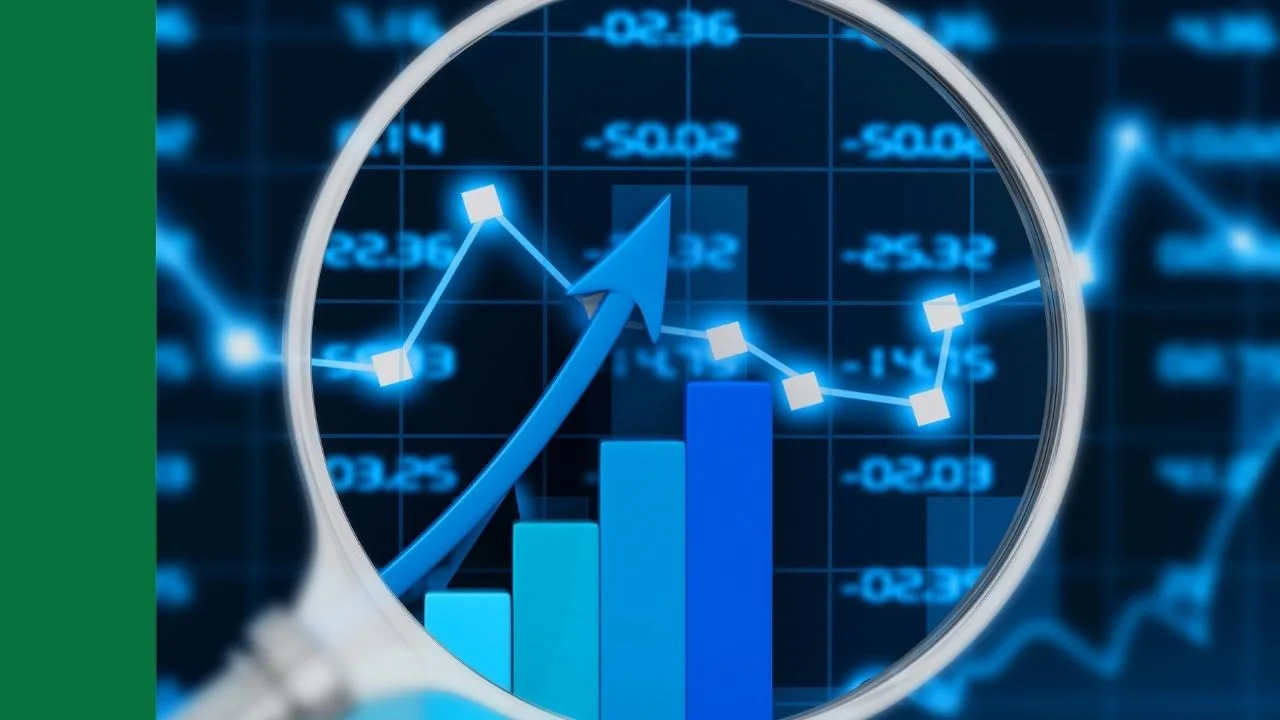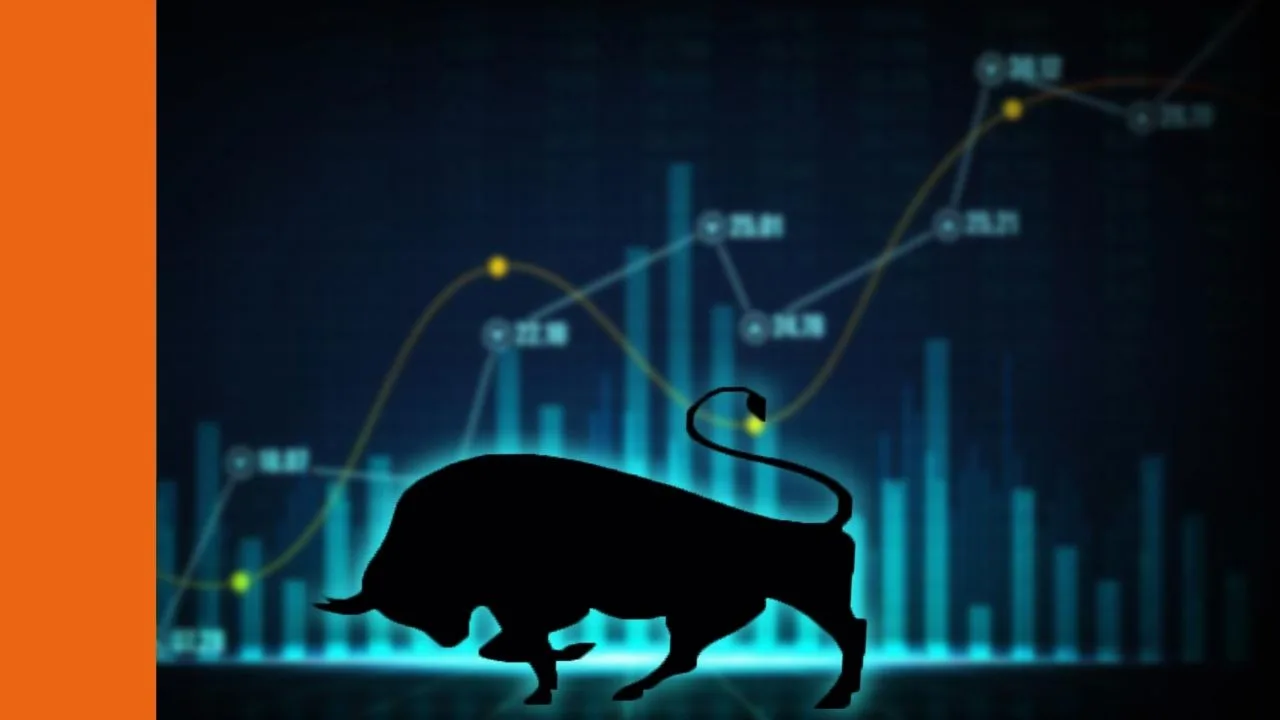ASX bank shares make up around one-third of the Aussie stock market, measured by the market cap and the All Ordinaries Index.
Within the financial sector, ASX bank shares are far and away the most popular. We will step through the absolute basics of valuing a bank share like National Australia Bank Ltd. If you’re truly interested in understanding more about how to value a bank share, you should consider watching this tutorial from the analyst team at Rask Australia.
You can subscribe to the Rask Australia YouTube channel to receive the latest (and free) value investing videos by clicking here.
Doing a ‘comps’ valuation of the NAB share price
The PE ratio compares a company’s share price (P) to its yearly earnings per share (E) (note: ‘earnings’ is another word for profit).
There are three easy ways to quickly use the PE ratio. First, you can use ‘intuition’ and say ‘if it’s low, I’ll buy shares’ or ‘if it is above 40x, I’ll sell shares’ (whatever works for you).
Secondly, you can compare the PE ratio of a stock like NAB with ANZ or the sector average. Is it higher or lower? Does it deserve to be more expensive or cheaper? Third, you can take the earnings/profits per share of the company you’re valuing and multiply that number by a PE multiple that you believe is appropriate. For example, if a company’s profit per share (E) was $5 and you believe the stock is ‘worth at least 10x its profit’ it would have a valuation, according to you, of $5 x 10 = $50 per share.
If we take the NAB share price today ($39.65), together with the earnings (aka profits) per share data from its 2023 financial year ($2.3), we can calculate the company’s PE ratio to be 17.2x. That compares to the banking sector average PE of 18x.
Next, take the profits per share (EPS) ($2.3) and multiply it by the average PE ratio for NAB’s sector (Banking). This results in a ‘sector-adjusted’ PE valuation of $41.67.
What are dividends actually worth?
A DDM, which stands for Dividend Discount Model, is a more interesting and robust way of valuing companies in the banking sector, given that the dividends are pretty consistent.
DDM valuation modeling is one of the oldest methods used on Wall Street to value companies, and it’s still used here in Australia by bank analysts. A DDM model takes the most recent full-year dividends (e.g. from last 12 months or LTM), or forecast dividends for next year, and then assumes the dividends grow at a consistent rate for a forecast period (e.g. 5 years or forever). The only other number you need is a ‘risk’ rate (e.g. 7%) which is explained further below.
To do the valuation, use this formula: Share price = full-year dividend / (risk rate – dividend growth rate). It’s a good idea to do the calculation with a few different growth and risk assumptions, then take the average valuation. This helps to account for some of the uncertainty.
To make this DDM easy to understand, we will assume last year’s dividend payment ($1.67) rises at a fixed rate each year.
Next, we pick the ‘risk’ rate or expected return rate. This is the rate at which we discount the future dividend payments back to today’s dollars. The higher the ‘risk’ rate, the lower the share price valuation.
We’ve used a blended rate for dividend growth and a risk rate between 6% and 11%, then got the average.
This simple DDM valuation of NAB shares is $35.31. However, using an ‘adjusted’ dividend payment of $1.70 per share, the valuation goes to $35.95. The expected dividend valuation compares to National Australia Bank Ltd’s share price of $39.65. Since the company’s dividends are fully franked, you might choose to make one further adjustment and do the valuation based on a ‘gross’ dividend payment. That is, the cash dividends plus the franking credits (available to eligible shareholders). Using the forecast gross dividend payment ($2.43), our valuation of the NAB share price comes out at $51.36.
| Growth rate | ||||
| 2.00% | 3.00% | 4.00% | ||
|
Risk rate
|
6.00% | $42.50 | $56.67 | $85.00 |
| 7.00% | $34.00 | $42.50 | $56.67 | |
| 8.00% | $28.33 | $34.00 | $42.50 | |
| 9.00% | $24.29 | $28.33 | $34.00 | |
| 10.00% | $21.25 | $24.29 | $28.33 | |
| 11.00% | $18.89 | $21.25 | $24.29 | |
NAB share price: takeaways
You could consider using these models as the starting point for your process for analysing and valuing a bank share like NAB. However, please remember that these are just tools used by analysts and in reality, a good analyst and investor will likely conduct 100+ hours of qualitative research before diving into their spreadsheet and starting their modelling.
For example, we spend a lot of our time looking at bank shares and writing about them, but if we were thinking about investing in a bank today we would want to get a handle on its growth strategy, economic indicators like unemployment, and then study house prices and consumer sentiment.






